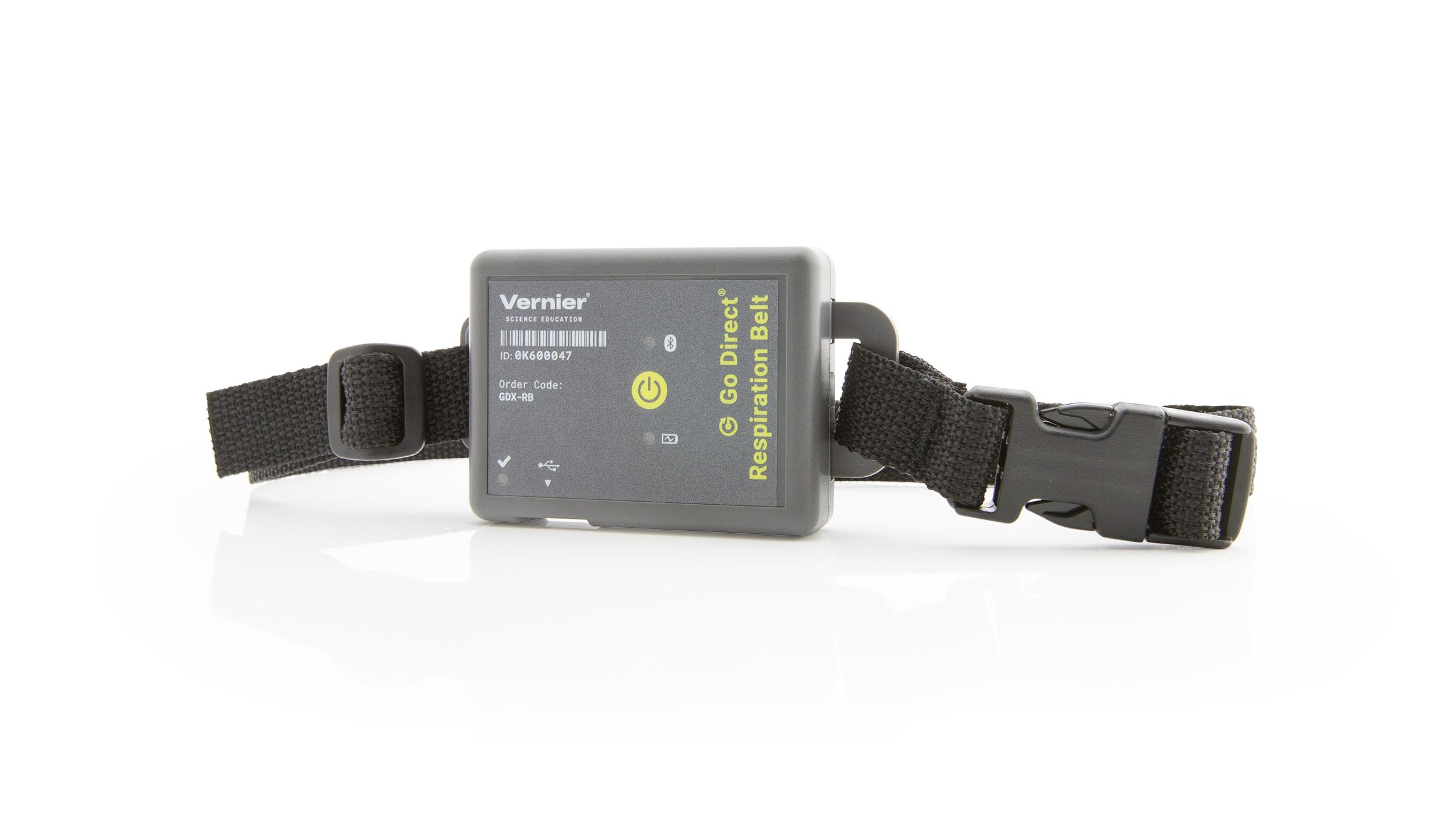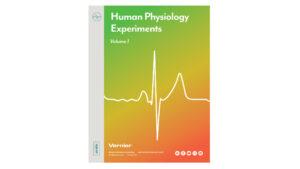Introduction
Your respiratory system allows you to obtain oxygen, eliminate carbon dioxide, and regulate the blood’s pH level. Ventilation refers to the movement of air between the lungs and the environment. The process of taking in air is known as inspiration, while the process of blowing out air is called expiration. A respiratory cycle consists of one inspiration and one expiration.
The rate at which your body performs a respiratory cycle is dependent upon the levels of oxygen and carbon dioxide in your blood, although the control of respiratory patterns by the brain is complex. The respiratory centers in the brain stem receive input from a variety of sources, including mechanoreceptors, chemoreceptors, the hypothalamus and the cerebral cortex. The respiratory centers can alter breathing to change both depth and rate of ventilation. While basic respiratory patterns fall under control of the autonomic nervous system (especially while sleeping), they can be overridden by cerebral cortex to allow activities such as speaking, singing, or playing a wind instrument.
You will learn how to use the Respiration Belt to monitor the respiratory patterns of one member of your group under different conditions. A respiration belt will be strapped around the test subject. Each respiratory cycle will be recorded, allowing you to calculate a respiratory rate for comparison at different conditions.
Objectives
- Use a Respiration Belt to monitor the respiratory rate of an individual.
- Evaluate the effect of holding of breath on the respiratory cycle.
- Evaluate the effect of rebreathing of air on the respiratory cycle.
Sensors and Equipment
This experiment features the following sensors and equipment. Additional equipment may be required.
Correlations
Teaching to an educational standard? This experiment supports the standards below.
- International Baccalaureate (IB)/Sports, Exercise, and Health Science
- 2.1 Structure and function of the ventilatory system
- International Baccalaureate (IB) 2025/Biology
- B3.1.5—Ventilation of the lungs
- B3.3.8—Internal and external intercostal muscles as an example of antagonistic muscle action to facilitate internal body movements
- C3.1.15—Feedback control of ventilation rate following sensory input from chemoreceptors
Ready to Experiment?
Ask an Expert
Get answers to your questions about how to teach this experiment with our support team.
- Call toll-free: 888-837-6437
- Chat with Us
- Email support@vernier.com
Purchase the Lab Book
This experiment is #10 of Human Physiology Experiments: Volume 1. The experiment in the book includes student instructions as well as instructor information for set up, helpful hints, and sample graphs and data.


